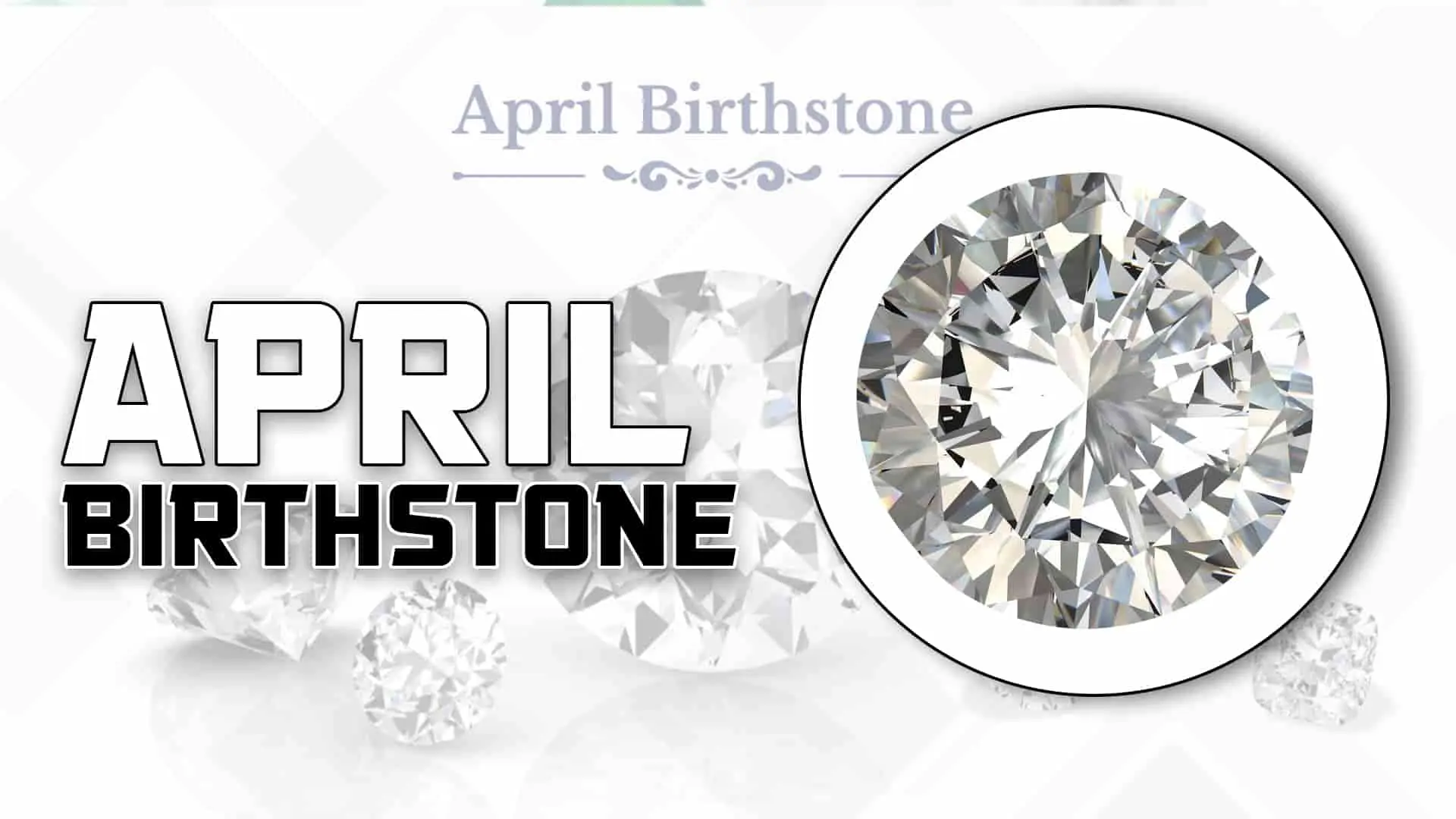Introduction to Diamond
The gorgeous diamond, the birthstone for April, is highly regarded in the gemstone community. The diamond has captivated people’s hearts and imaginations for millennia because of its unsurpassed durability and eternal beauty. Its radiance and shine have elevated it to a symbol of enduring love and devotion. Those who had the good fortune to be born in April were given a birthstone that radiated power and grace, symbolizing the characteristics that characterize this transforming month. The diamond represents the timeless beauty that nature can produce, whether it is worn as a gorgeous piece of jewelry or treasured as a priceless remembrance. Discover the appeal and significance that the diamond gives to individuals who celebrate their birth in this exceptional month as we dig into the fascinating world of April’s birthstone.
What is a Diamond?
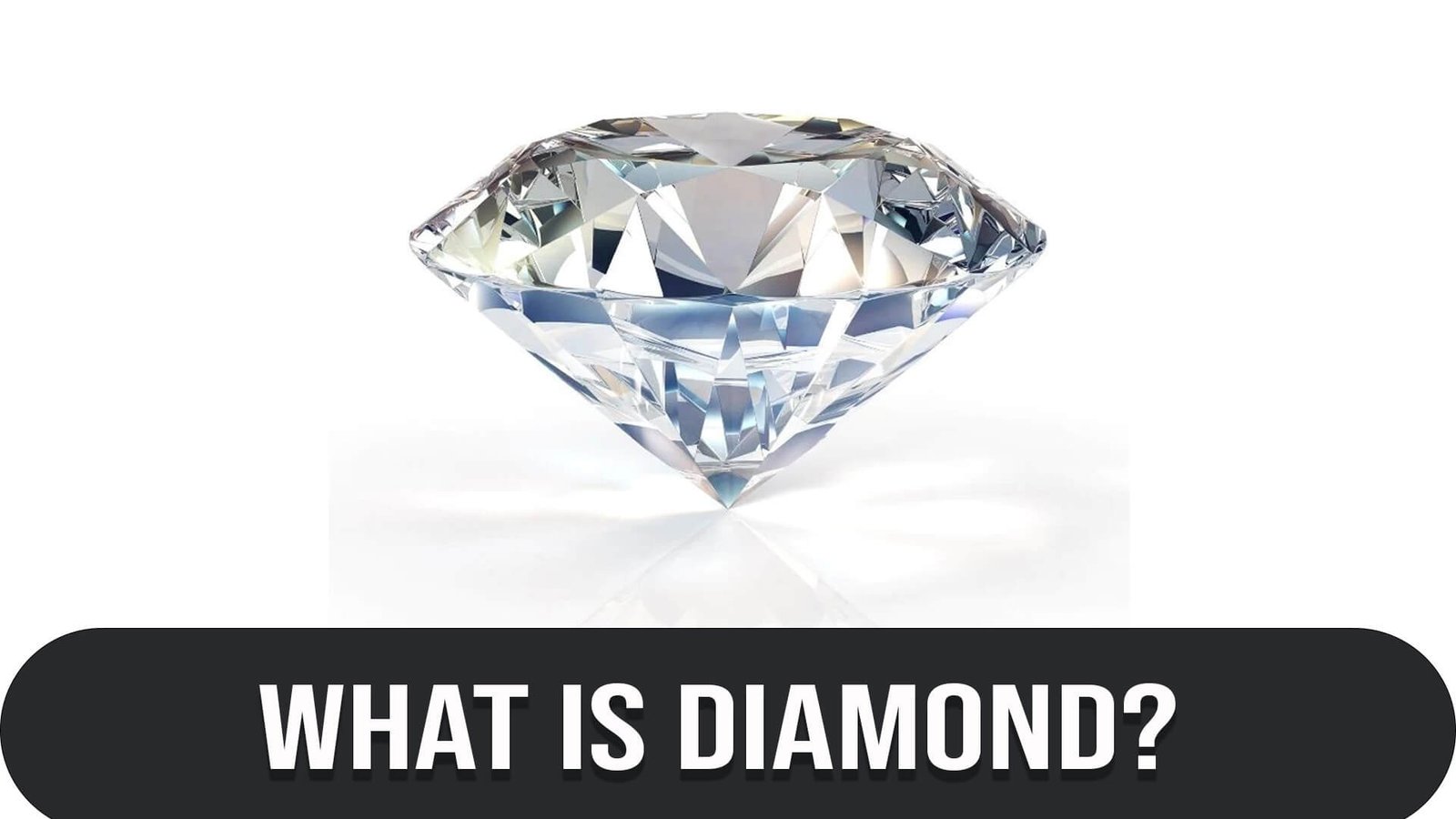
The ultimate gift for a loved one is an uncommon and unique natural diamond. Since they have existed for billions of years, natural diamonds are regarded as one of the world’s hardest materials. The diamond, the traditional and modern Anyone born in April, has a unique meaning for them. The April birthstone strengthens the wearer’s inner character and fosters better relationships. In addition to plenty, clarity, and equilibrium, wearing diamonds brings these things about. Those who had the good fortune to be born in April would appreciate the history behind this priceless jewel, which also symbolizes eternal love.
History of Diamonds
- People in Sanskrit scriptures written before 400 B.C. believed that crystals had great value and were marvelous. Additionally, an extensive study from 1330 demonstrates diamond cutting in Venice. With the development of Eastern trade channels, the diamond trading industry grew prosperous towards the end of the 15th century. Several myths from the past claimed diamonds had magical properties. Some contended that lightning bolts created diamonds, while others claimed that diamonds were the tears of God. Here is the brief history of this April crystal:
- Over three billion years ago, the oldest diamonds were created.
- The obsession with diamonds started in India, where they were mined from rivers and streams. Historians assert that India began dealing in diamonds as early as the fourth century B.C. The gem was previously only given to the wealthiest people in India. However, India’s diamonds soon arrived in Western Europe, and by the 1400s, European high society had developed a taste for them.
- India utilized diamonds to carve other stones circa 300 B.C.
- Archduke Maximillian of Austria gave Mary of Burgundy the first diamond engagement ring in 1477.
- The blue Hope diamond was first discovered in the 1600s Golconda mining region in India.
- Afterward, it was sold to Louis XIV of France. The Smithsonian Institution in Washington, D.C., presently houses it.
- The largest diamond was discovered in 1905 in the Premier mine in South Africa. The 3,106-carat jewel gave birth to the Cullinan I diamond, popularly called the Great Star of Africa. The 530-carat drop-shaped diamond and the other Crown Jewels are kept at the Tower of London. It is placed in the Sovereign’s Scepter with Cross. The same diamond was used to cut Cullinan II (the Lesser Star of Africa), also housed in the British crown jewels.
Where is Diamond Found?
The world now has mines that produce the April birthstone. By the early 2000s, other African nations had joined South Africa as a prominent producer of rough diamonds.
These include Botswana and the Democratic Republic of the Congo, formerly known as Zaire. In 1960, the former Soviet Union started operating its first significant mine, and today, Russia is among the top producers in terms of volume and value. With the Argyle mine’s opening in Australia in 1983 and the discovery of several diamond reserves in northern Canada in the 1990s, the diamond mining industry experienced a spectacular expansion.
The eastern part of Botswana, which is often warm and semi-arid, is where diamonds are found. These numerous mines have stimulated the economy and expanded the middle class. Additionally, the nation serves as a diamond hub, sorting and valuing about 40% of the world’s supply of raw diamonds.
Types of Diamond

There are three ways to classify a diamond: technical classification, usual classification by consumer, and color varieties.
Technical Types of April Birthstone
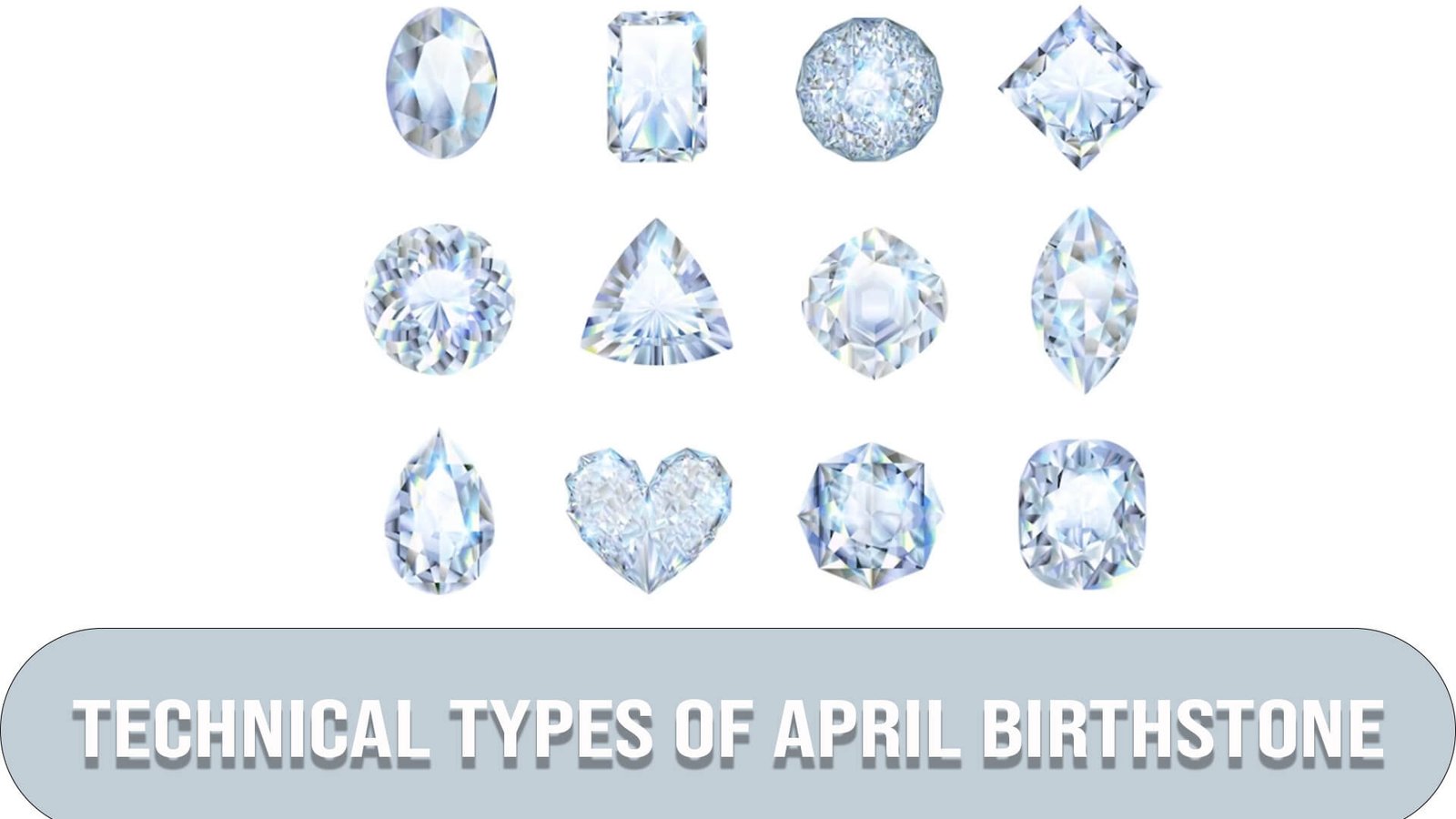
Consequently, the following summarizes the technical “types of diamonds” classification system:
Type Ia Diamonds
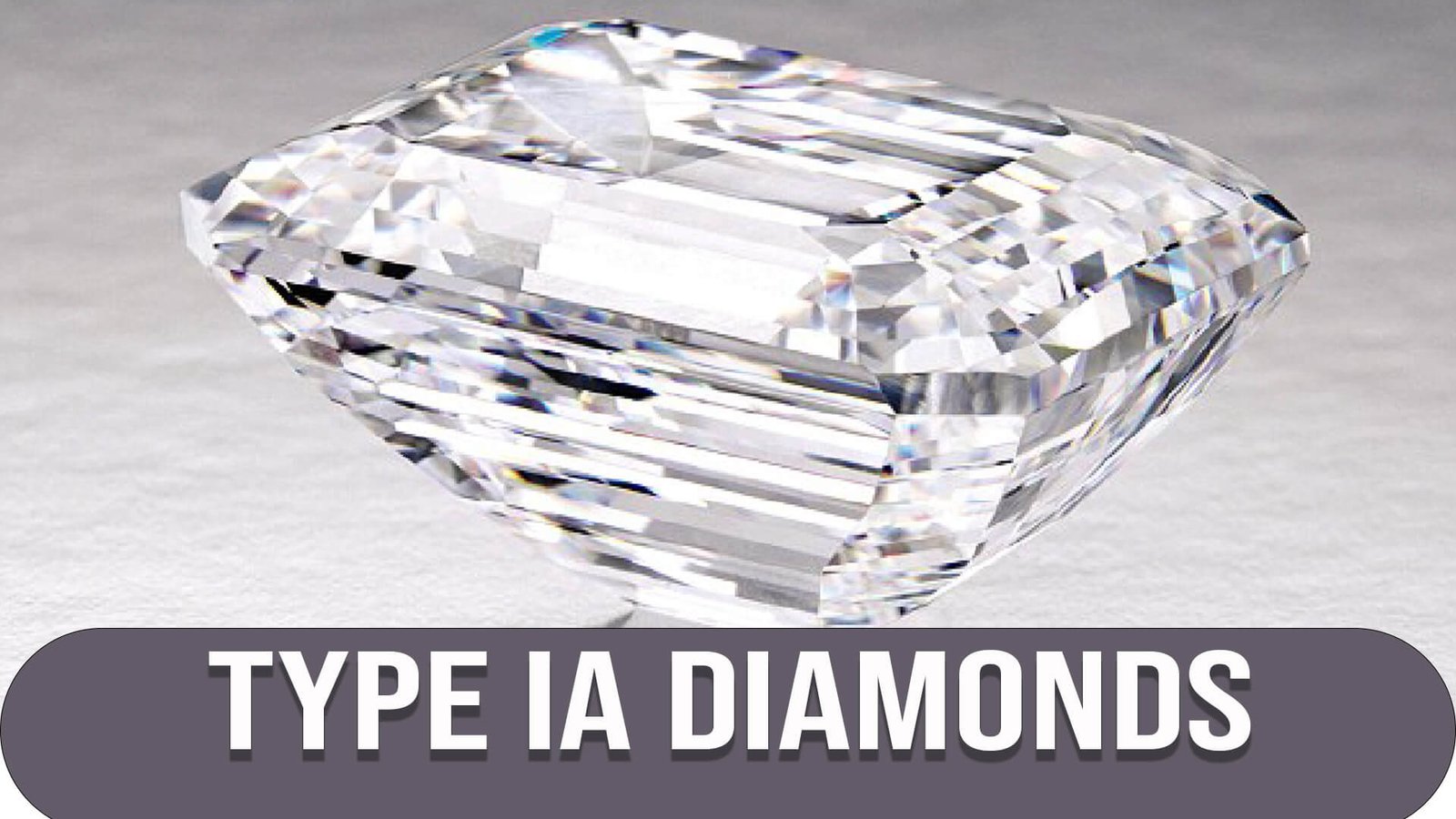
These stones have a tinge of yellow because nitrogen congregates in clusters within them. This category is divided into sub-sections based on the type of nitrogen aggregations. The most typical kind of diamond is this one.
Type IIa Diamonds
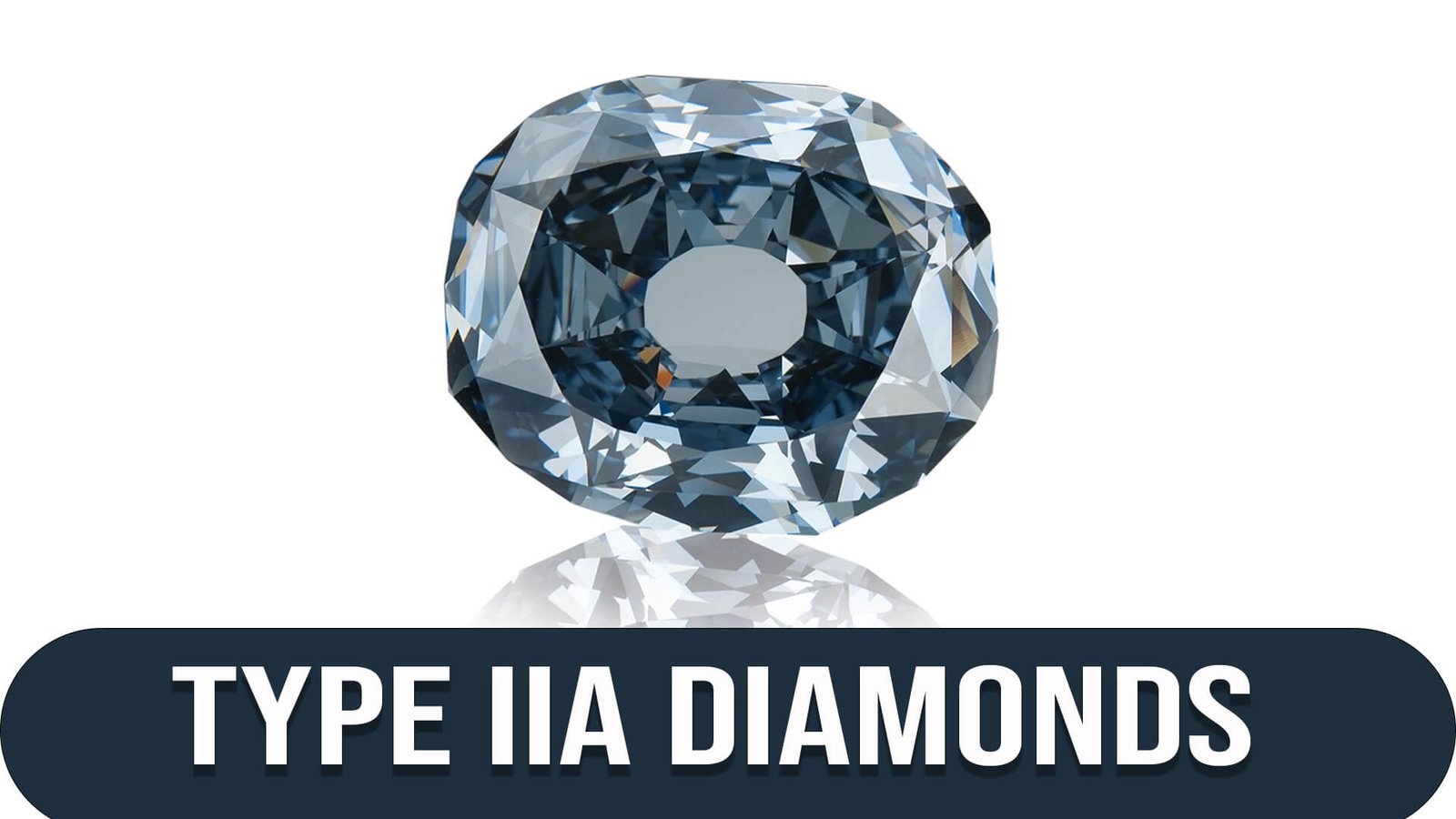
These diamonds have different fluorescence characteristics and no nitrogen impurities. They frequently have odd shapes because of the intense pressures they were produced under. Due to their extraordinary shine, they are the most expensive and rarest diamonds.
Type Ib Diamonds
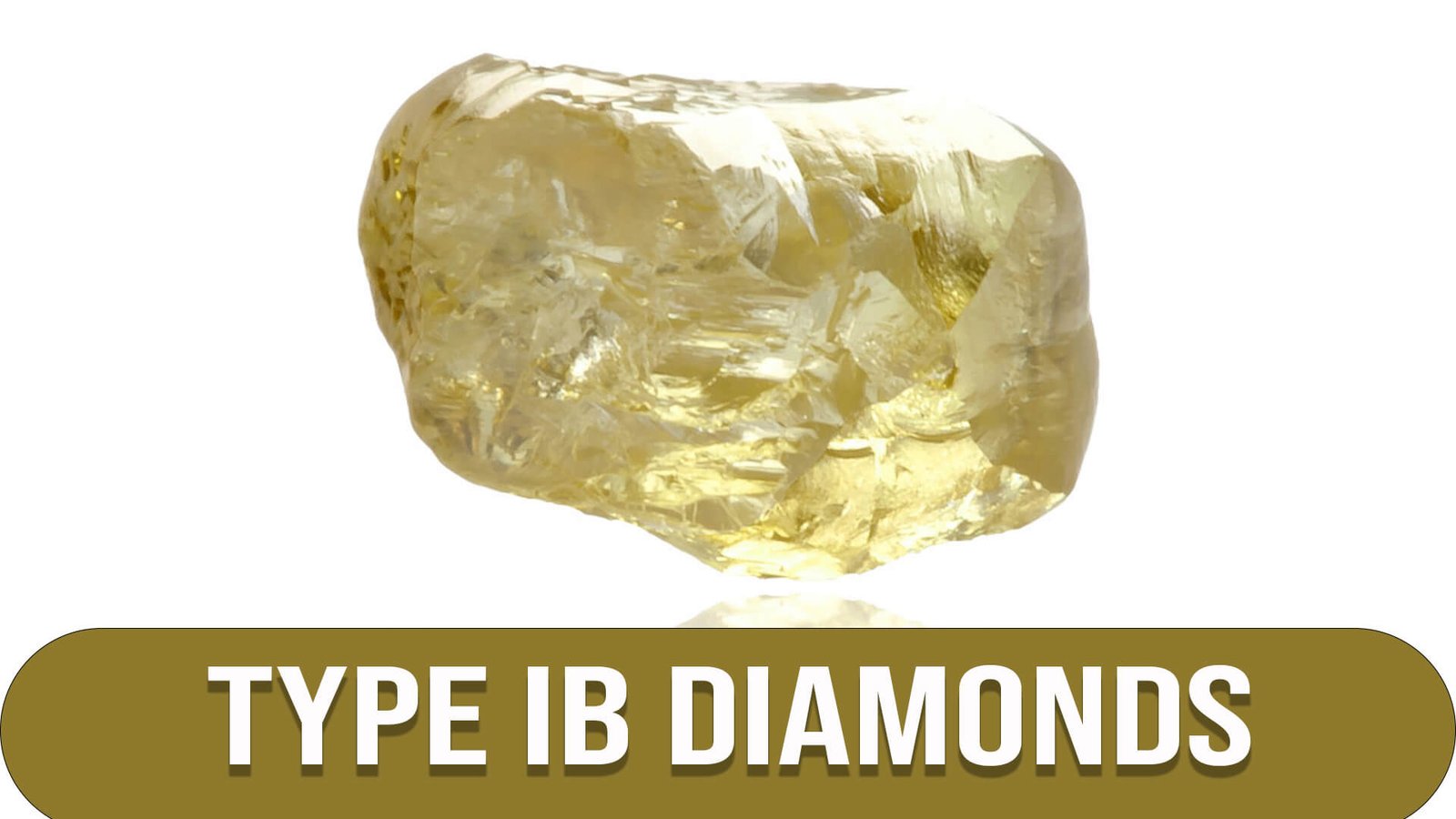
Type Ib diamonds are similarly relatively uncommon; nevertheless, they differ from other varieties in that individual nitrogen atoms, instead of clusters, are dispersed throughout the stone. This generally results in an intense yellow, orange, or brown shade.
Type IIb Diamonds
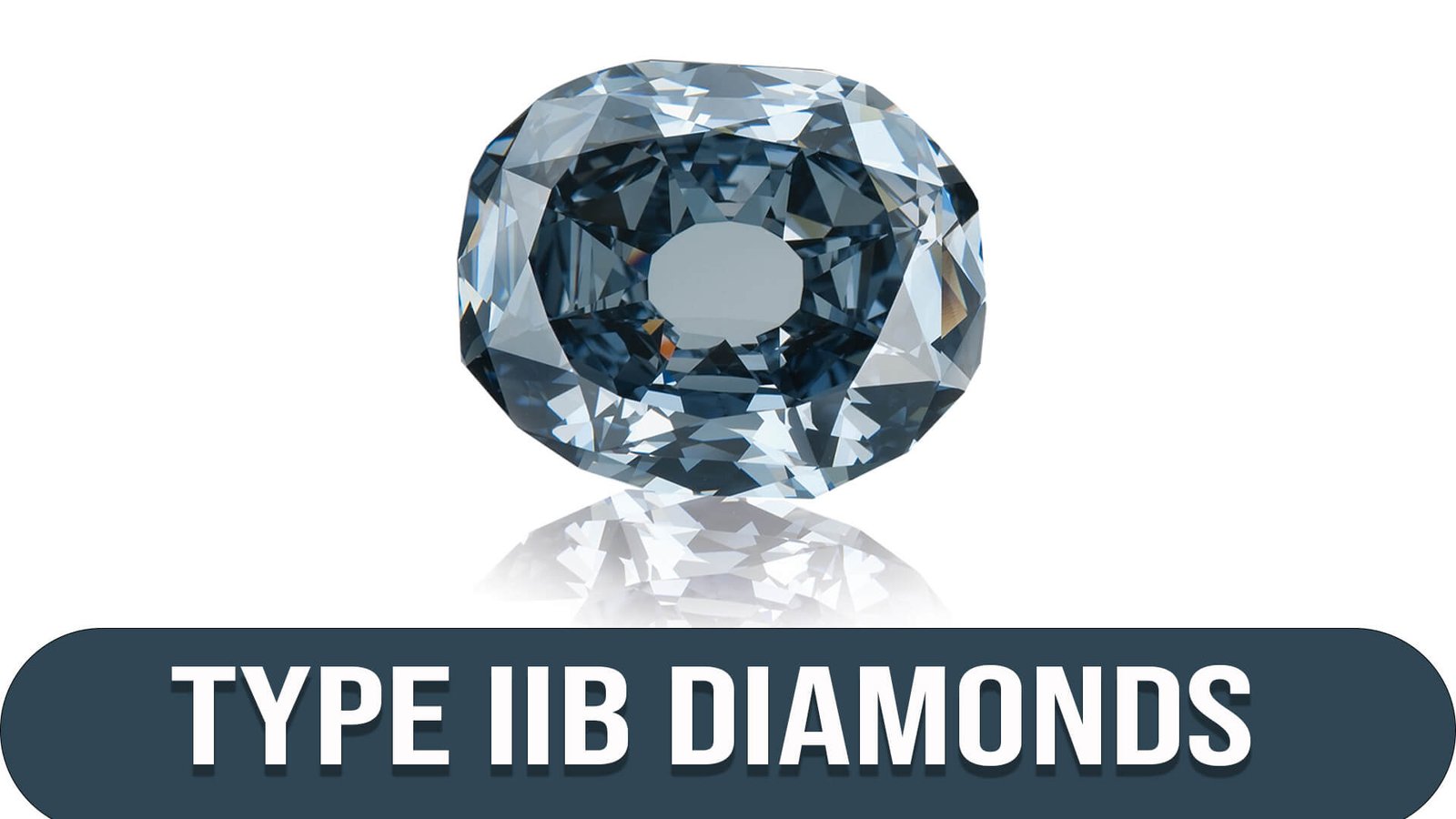
Type IIb diamonds are a rare kind of stone that lacks nitrogen atoms. However, besides the core carbon component, they also include boron. They are bluish or blue-gray and conduct electricity.
These were the primary technical divisions of diamonds. But the situation is more intricate than this. Under the technical system, a single diamond may fall under more than one categorization.
Regular or Casual Classification of April Birthstone
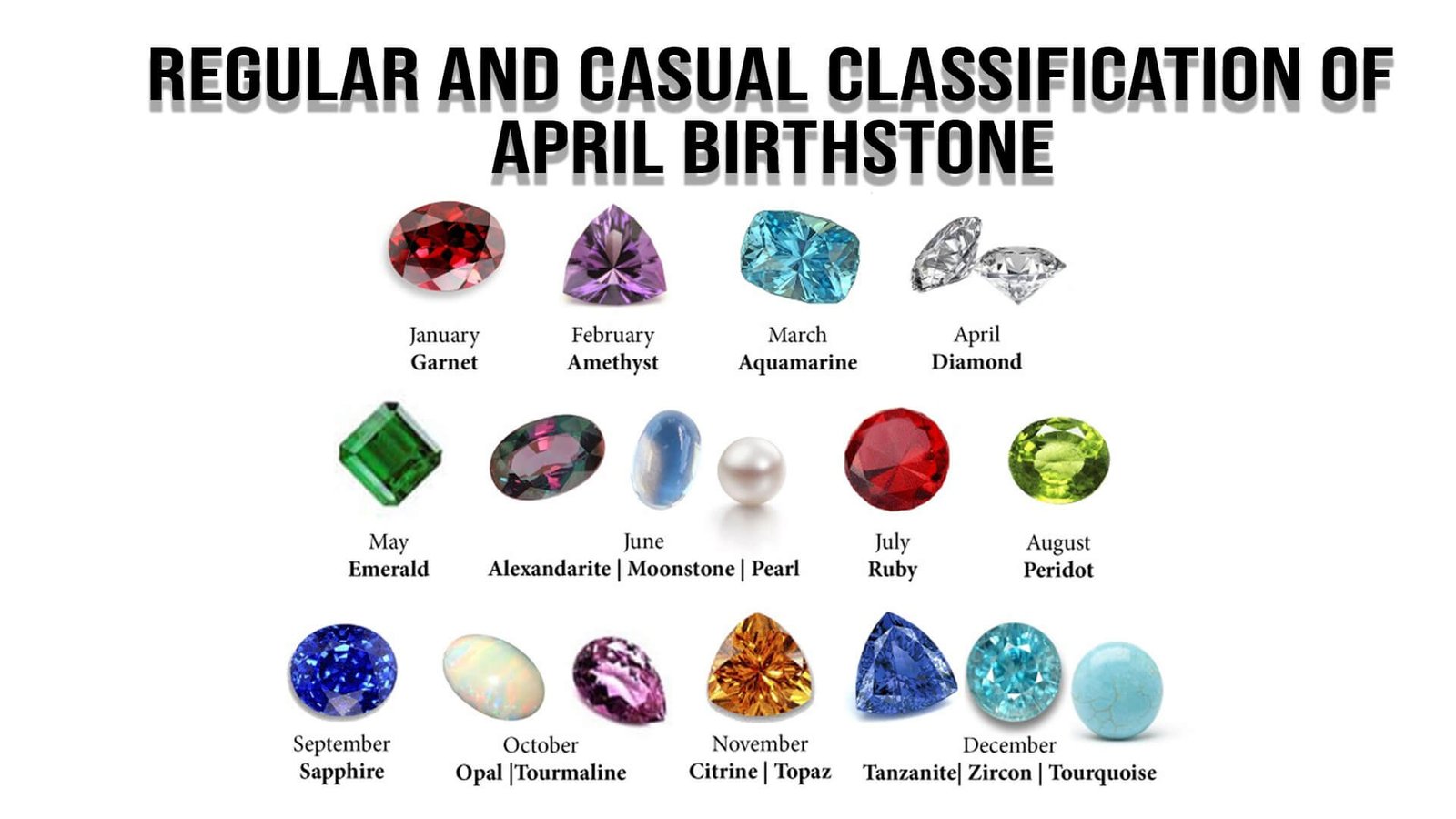
Now that you know the technical details, let’s move on to how most consumers categorize various diamond kinds. Most buyers of diamonds will order them using one of the following essential names (or close variations):
Natural Diamonds
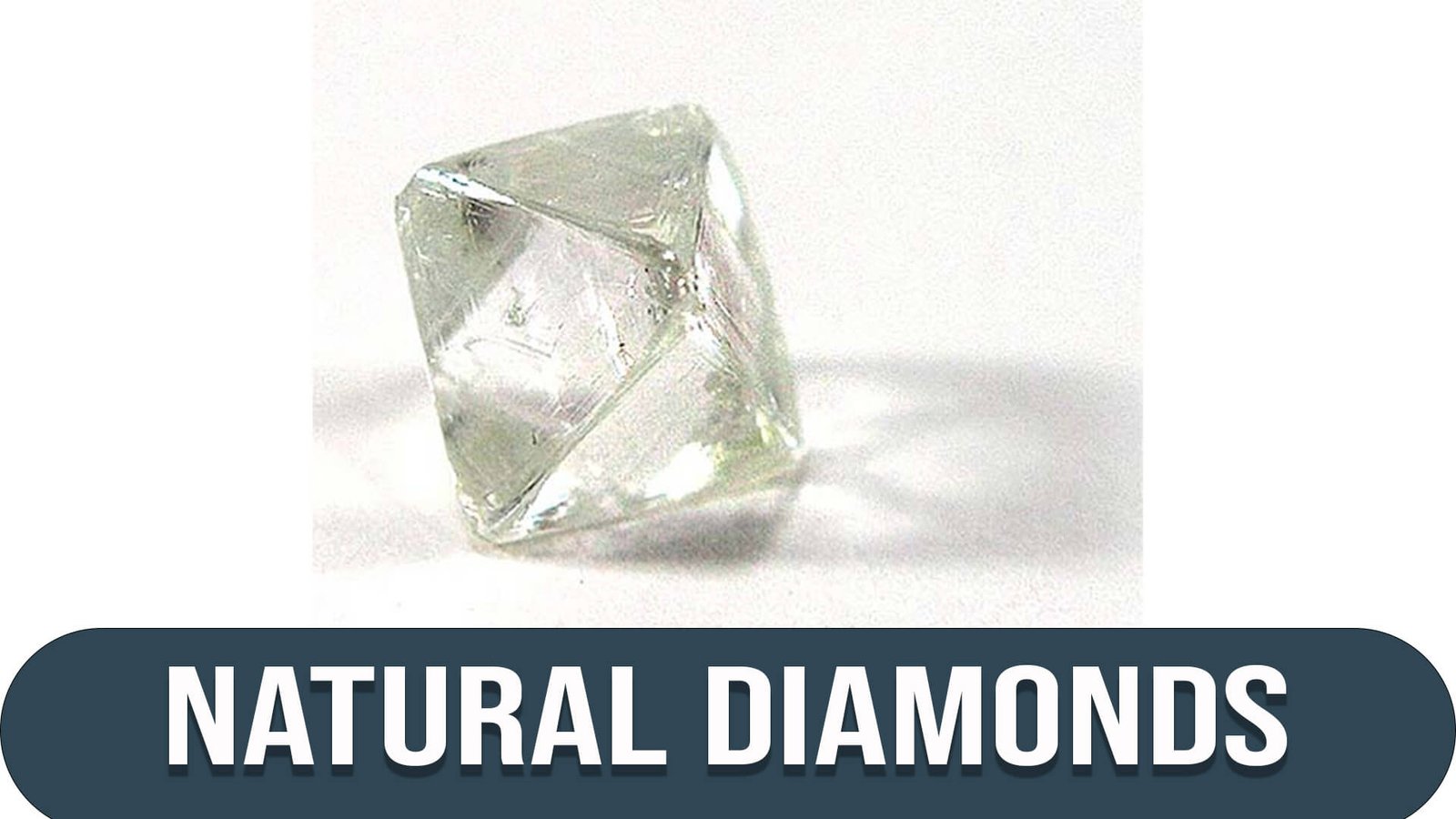
Natural diamonds, the type of diamond we generally meant when we mentioned them in the introduction, are primarily colorless and have a brilliant sparkle.
Treated Diamonds
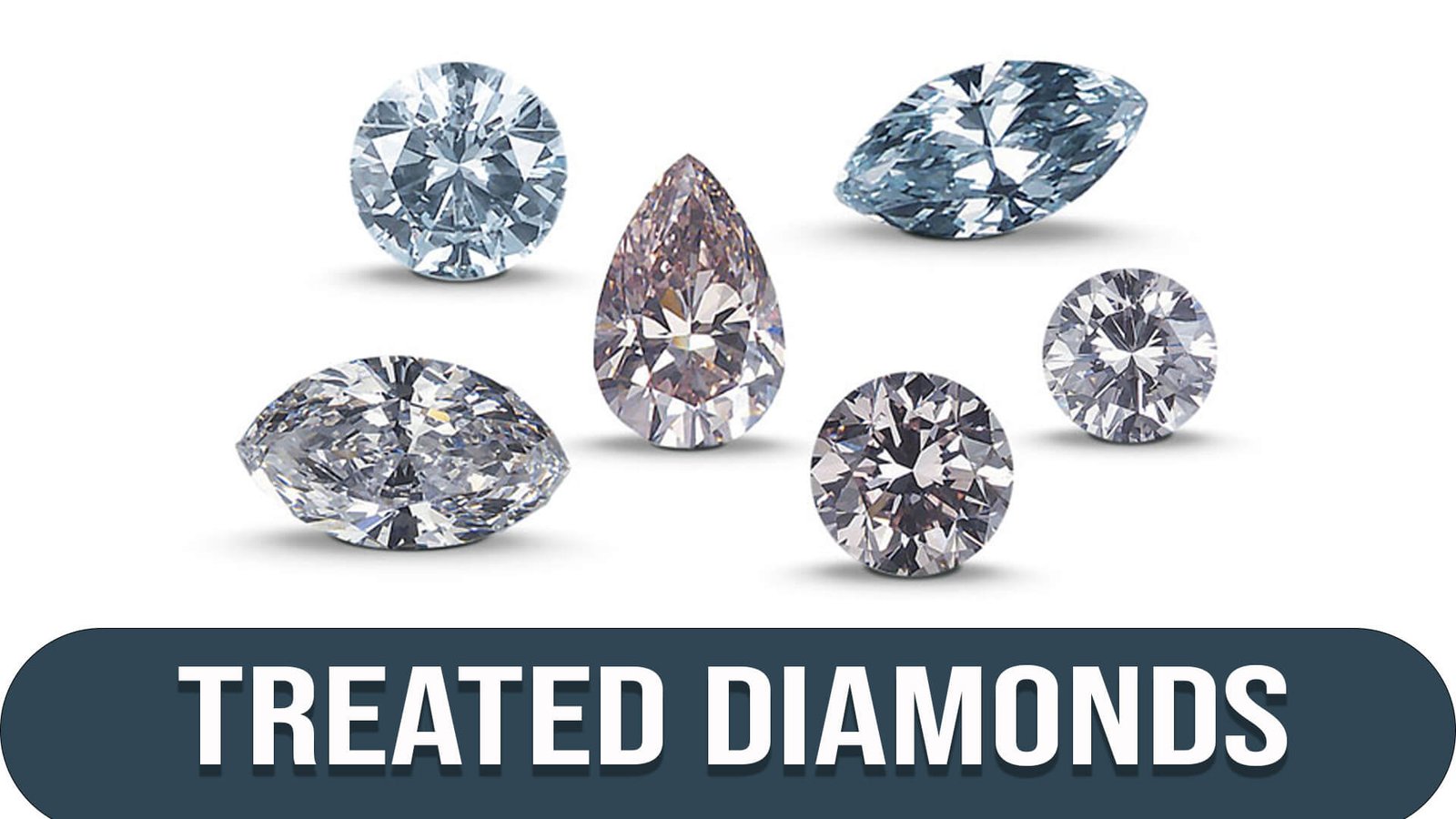
Natural diamonds artificially enhanced by inclusion filling or color enhancement are treated diamonds. Because this is the only method these diamonds can be marketed, they are typically far less expensive than natural diamonds.
Naturally Colored Diamonds
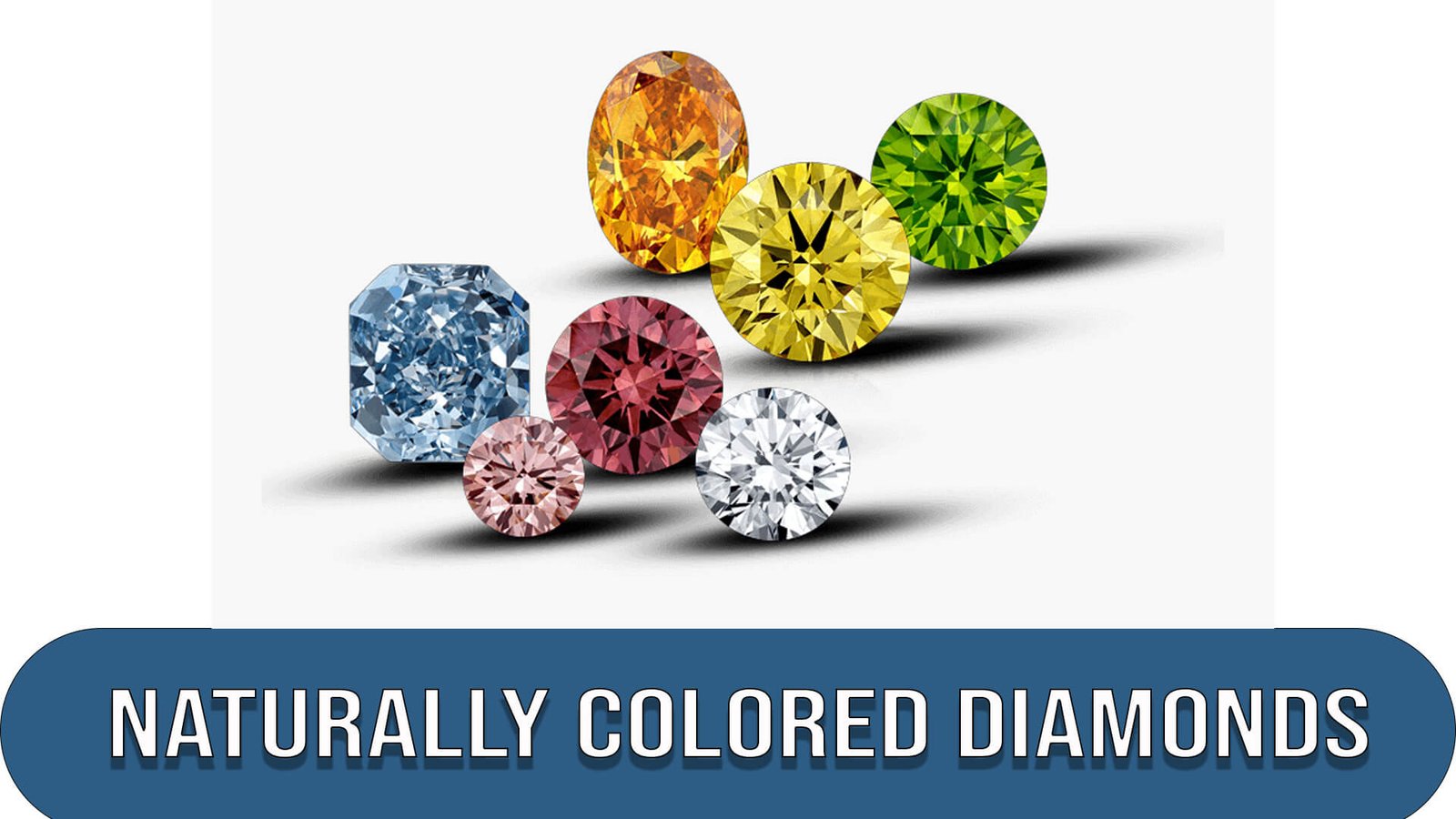
The demand for naturally colored diamonds has increased recently and now includes pink, yellow, blue, purple, violet, red, green, grey, white, and black diamonds, among others.
Man-made Diamonds
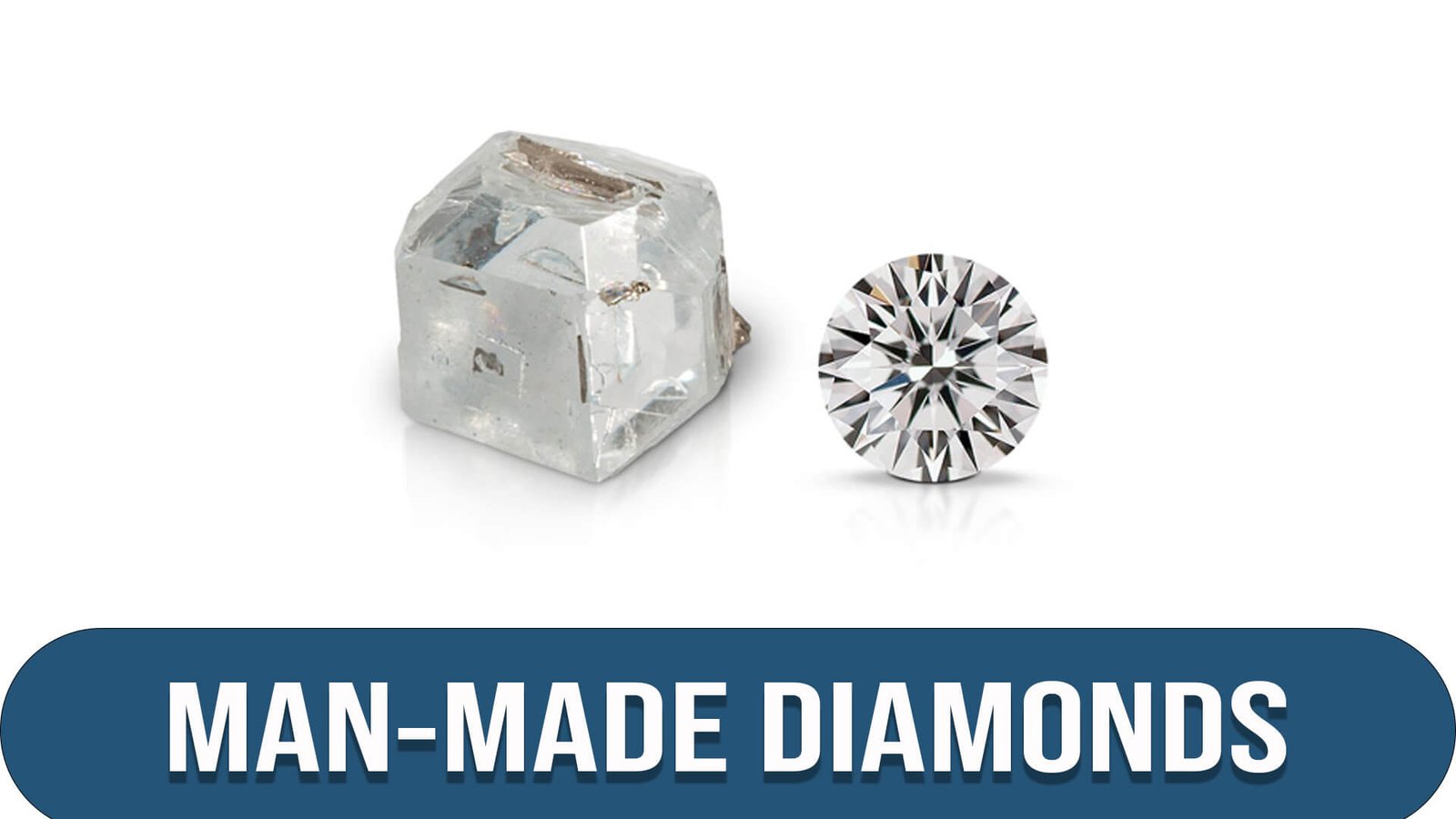
Manufactured diamonds are generated in a laboratory; technological advancements have made this process more straightforward and less expensive recently. Their lower price typically recognizes them.
Color Variation of April Birthstone
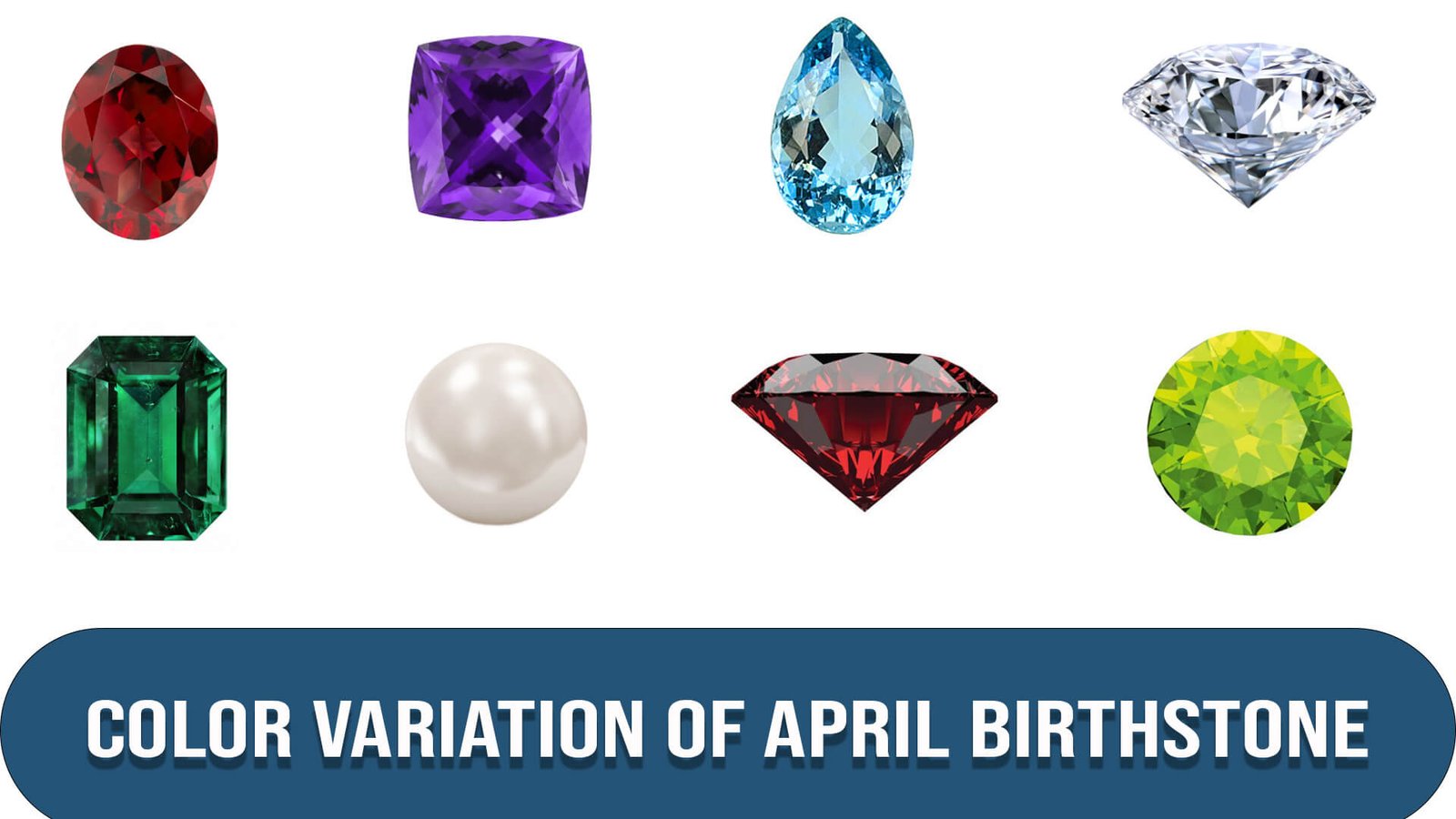
It is not unexpected. When looking at a diamond, color is typically the first thing you notice. However, the ideal shade of a diamond is a matter of preference.
As a result of celebrities frequently wearing colored diamonds in their jewelry, natural diamonds of various colors have recently gained appeal, influencing opinions.
Recently, yellow diamond varieties and pink and black diamond types have become more fashionable. The most prevalent diamond hue is yellow. However, the ideal diamond is typically colorless. Because of this, they continue to sell for the most incredible prices on the market. While the majority of diamonds may appear “colorless” to the untrained eye, a diamond expert will typically be able to detect this hue right away.
Due to the nitrogen content, yellow or brownish colors are the most prevalent. Sometimes even the naked eye cannot see these hues. But occasionally, the hue is so striking that it is immediately noticeable. Customers can typically purchase these diamonds for less money.
Role of 4 C’s to Determine the Quality of Diamond

Carat weight, cut, color, and clarity are the four Cs of a diamond. These elements are essential in determining how valuable and high-quality a diamond is.
Carat Weight
The size and weight of a diamond are indicated by the term “carat weight.” It is weighed in carats, where one carat weighs 200 milligrams. Larger diamonds are typically rarer and more expensive. It’s crucial to remember that a diamond’s quality cannot be determined solely by its carat weight.
Cut
A diamond’s cut describes how skillfully it has been faceted and fashioned. It impacts the diamond’s ability to absorb, reflect, and shine. The angles and proportions of a well-cut diamond will be exact, enhancing its brilliance, fire, and scintillation. One of the critical elements in establishing a diamond’s overall beauty is its cut.
Color
Any yellow or brown tint in a diamond is assessed using color grading. Diamond color is rated by the Gemological Institute of America (GIA) on a scale from D (colorless) to Z (light yellow or brown). The more valuable a diamond is, the nearer it is to being colorless. Extremely uncommon diamonds with vibrant, exotic colors are likewise highly prized for their originality.
Clarity
Clarity is the absence of internal or exterior flaws, sometimes called blemishes and inclusions, respectively. On a scale from Flawless, we rate 10 out of 10 for the clarity of diamonds. Higher clarity grades indicate more incredible rarity and value.
The four C’s work together to determine a diamond’s quality and worth. Finding the ideal diamond that meets their needs and preferences requires balancing these elements based on personal preferences and budget.
Meaning and Properties of April Birthstone: Diamond

- Diamonds, derived from the Greek word Adamas, which means “invincible,” are available in various hues, including black, blue, green, pink, red, purple, orange, and yellow. The type of impurities that are present in the stone determines the color. For instance, blue diamonds include boron, while yellow diamonds have tiny amounts of nitrogen.
- The Sanskrit word for diamond is vajra, which also means lightning. In Hindu mythology, Indra, the king of the gods, used vajra as his weapon.
- The Roman naturalist Pliny, the Elder, first described the diamond, who declared, “Diamond is the most valuable, not only of precious stones but of all things in this world.”
- A diamond was initially supposed to protect wearers from the evil eye, bringing illness, poverty, and even death.
- The diamond was once thought to have healing properties, serve as a poison antidote, and offer immunity to the plague.
- In the Middle Ages, brain and pituitary gland disorders were believed to be treated with diamonds.
- Before the creation of diamonds was understood, some prehistoric cultures thought lightning created them, while others thought they were the tears of God.
- Some believed that holding a diamond would bring power, beauty, and happiness and signify everlasting love and marriage. Additionally, abundance, clarity, and equilibrium are advantages.
- If you have a dream that you are wearing diamond earrings, you will get wise financial counsel.
- Not only is the diamond the birthstone for April, but it is also the jewel given to commemorate the 60th and 75th wedding anniversaries.
Properties of Diamond according to Zodiac Signs
- A diamond’s extraordinary strength will help you stand tall in your sparkling truths.
- Diamonds also serve as a constant reminder that, despite how challenging and stressful things may seem, there is always light at the end of the tunnel.
- The April zodiac signs of Aries and Taurus frequently possess a finely formed sense of self and willpower, but they may also be notoriously stubborn.
- Persons born under these signs can benefit significantly from diamonds since they can help refine their vital innate energies to naturally align with the highest possible truth, the best outcome for all involved.
- Imagine them as flashlights for the truth.
Healing Properties of Diamond
- In the Middle Ages, people believed that diamonds had therapeutic properties and could treat diseases of the pituitary and brain. Drawing out the poisonous toxins ailing the body might be accomplished by heating the crystal and bringing it to bed.
- A person’s balance and clarity may be affected by diamonds, and when worn with other gems like amethyst, their energy may be increased.
- As the birthstone for April, the diamond has won many hearts and is currently the most sought-after gemstone. Diamonds, known as the “King of all Birthstones,” are the best option for an April birthday present.
Diamond Birthstone Jewelry
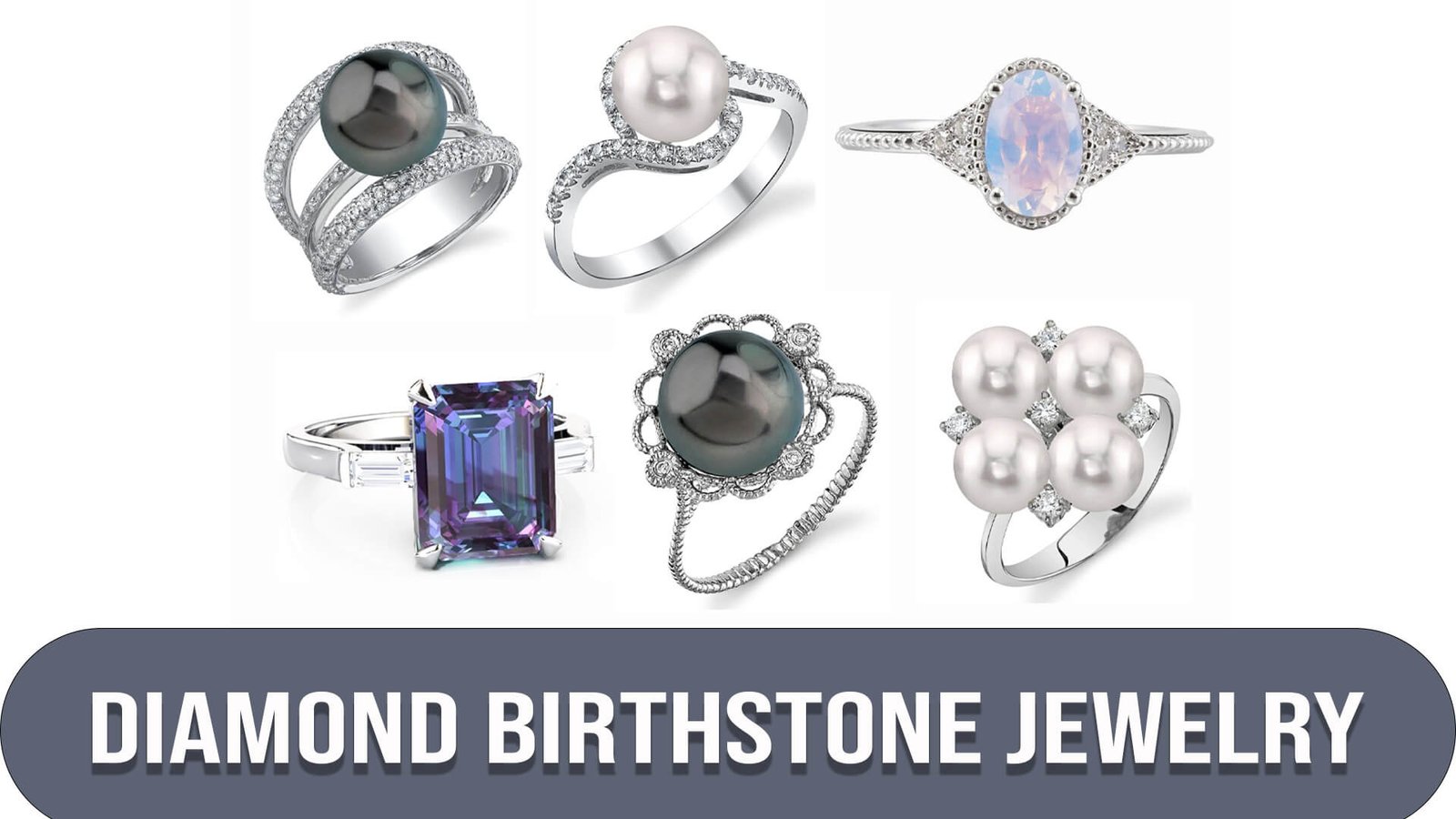
A diamond is a girl’s best friend, as the saying goes. Diamonds have been used for engagement and wedding rings for hundreds of years but are also stylish enough to wear daily. Necklaces, brooches, rings, and bracelets can all be made with the gem. The first diamond-set engagement ring is thought to have been given by Archduke Maximilian of Austria to Mary of Burgundy in 1477.
Diamonds are currently the most preferred gemstone for an engagement ring. There are several different cuttings of diamonds, including round, oval, princess, and heart. The diamond has a Mohs Hardness grade 10, making it so challenging that nothing but another diamond can scratch it.
Cost of Diamond Birthstone
Diamond prices vary significantly based on many variables, including carat weight, cut, color, clarity, and quality. Generally speaking, the cost of a diamond can range from a few hundred dollars for more minor, lower-quality stones to several thousand or even millions of dollars for more extensive, higher-quality stones. Depending on the variables mentioned above, the average cost of a one-carat diamond, a popular size for engagement rings, can range from about $4,000 to $18,000. It’s vital to remember that market demand and changes in the industry can have an impact on diamond pricing. In the end, a diamond’s price reflects its unique qualities and worth for those drawn to the beauty and symbolism that this priceless jewel embodies.
Diamond: April Birthstone Care and Cleaning
As mentioned earlier, diamond, which rates 10 on the Mohs scale of hardness, can be used in an ultrasonic cleaner. It is ideal for cleaning your diamond birthstone with a lint-free cloth if it has several inclusions or has been treated. You may also use warm water, light soap, a soft toothbrush, or a commercial jewelry cleaning solution. To keep your diamond birthstone jewelry looking beautiful and intact throughout time, have it regularly cleaned and have a professional jeweler look at the setting.
Final Thoughts
As the birthstone for April, the diamond continues to arouse interest and desire. Since ancient times, it has been prized as a gemstone because of its brilliant brilliance and everlasting beauty. The diamond maintains a particular place in the hearts of those born in April and gemstone enthusiasts, thanks to its historical roots and eternal symbols of love and courage. It is an outstanding option for any piece of jewelry and carries a heritage that transcends time due to its scarcity and timeless beauty. The diamond always attracts our attention. It serves as a constant reminder of the tremendous beauty contained within the Earth’s resources, whether it is given as a gift or treasured as a personal decoration. The diamond symbolizes April and nature’s most wondrous creations’ enduring strength and attractiveness.
Read More: January Birthstone, Febuary Birthstone, March Birthstone, May Birthstone, June Birthstone, July Birthstone, August Birthstone, September Birthstone, October Birthstone, November Birthstone, December Birthstone
